|
Operating Telescopes
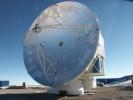
|
Since 2005 the Atacama Pathfinder Experiment 12 meter telescope (APEX) in the Chilean Atacama desert observes the Southern Sky at submillimeter wavelength. APEX is a joint project of the MPIfR, |
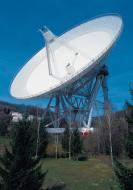
|
The telescope is located only some dozen kilometers far from our institute in Bad Münstereifel-Effelsberg and therefore can be considered as a major workhorse. |
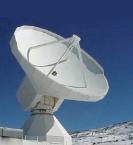
|
The 30m-telescope near Granada, Spain, is operated by |

|
The interferometer nearby Grenoble, France is operated by |

|
The interferometer on top of Mauna Kea, Hawaii, is a joint venture between the |

|
This telescope at Mauna Kea, Hawaii is operated by the |

|
This interferometer nearby Socorro, New Mexico is operated by |
 |
This interferometer consists of ten radio antennas spread across the United States and its territories. It is operated by |

|
This organization coordinates VLBI observations involving European telescopes. |
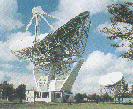
|
MERLIN, operated by Jodrell Bank Observatory, is the Multi-Element Radio Linked Interferometer Network, an array of radio telescopes distributed around Great Britain. It operates at frequencies ranging from 151 MHz to 24 GHz. At 5GHz, the resolution of MERLIN is better than 50 milliarcseconds, somewhat greater than that of the Hubble Space Telescope. |

|
This observatory has begun science operation in 2010. The MPIfR has lead the development and building of the |
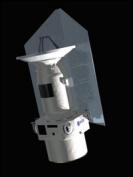
|
This satellite was launched in 2009. It is operated by |

|
This interferometer will become operational in 2011. This is a joint project by |
|
|
| 28 March 2011 |
